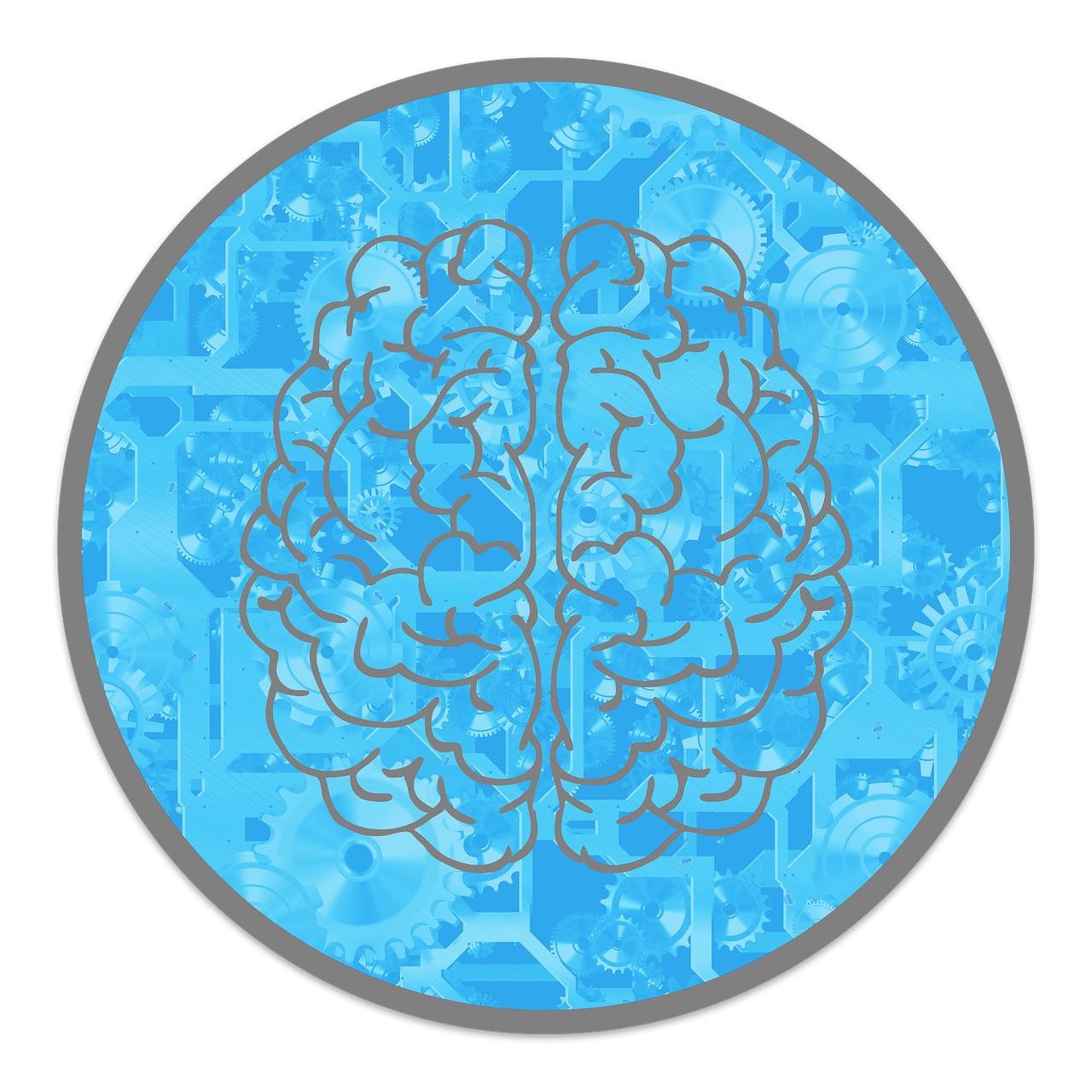
In today’s fast-paced world, mental clarity is more important than ever.
Whether you’re striving to make better decisions, improve focus, or simply enjoy peace of mind, finding effective ways to boost mental clarity is crucial.
Two popular methods—meditation and exercise—are often recommended, but which one is more effective?
What Is Mental Clarity?
Mental clarity is when your mind feels clear, focused, and free from distractions.
It’s the ability to think straight, process information easily, and stay present in the moment.
With mental clarity, your thoughts feel organized, and you can make decisions and solve problems more effectively.
It’s an important part of staying productive and handling daily challenges with confidence.
Benefits of Mental Clarity
Having mental clarity comes with a range of positive effects that can improve your daily life.
Here’s a closer look at how it helps:
Improved focus
Mental clarity allows you to concentrate on what truly matters.
When your mind is clear, you can prioritize tasks and tackle them one at a time instead of feeling pulled in multiple directions.
This helps you avoid distractions and reduces the tendency to procrastinate, making it easier to stay on track and meet your goals.
Better decision-making
A clear mind helps you approach decisions with logic and confidence.
Instead of feeling overwhelmed by options or emotions, mental clarity allows you to weigh the pros and cons calmly.
This leads to more thoughtful and rational choices, whether in your personal life or at work.
Reduced stress
When your thoughts are scattered, it’s easy to feel overwhelmed and stressed.
Mental clarity helps you organize your emotions and thoughts, giving you a sense of control.
With a clear mind, you’re better equipped to handle challenges without letting them take a toll on your mental well-being.
Boosted productivity
Clarity in your thoughts directly translates to productivity.
When you can focus and avoid distractions, you’re able to complete tasks more efficiently and effectively.
This not only saves time but also leaves you with a sense of accomplishment and frees up energy for other activities.

How Meditation Improves Mental Clarity
Meditation has been a trusted practice for centuries to calm the mind and boost awareness.
Today, science confirms that it’s a powerful way to improve mental clarity. Here’s how:
Reduces mind-wandering
Our minds often wander, jumping from one thought to another.
Meditation helps quiet this mental chatter by reducing activity in the part of the brain responsible for it, known as the default mode network (DMN).
This allows you to stay focused on the present moment and think more clearly.
Increases self-awareness
Meditation encourages mindfulness, helping you observe and understand your thoughts and feelings without judgment.
This greater self-awareness makes it easier to handle challenges calmly and with a clear head.
Lowers stress and anxiety
When your mind is stressed or anxious, clarity becomes harder to achieve.
Research shows that mindfulness meditation can significantly reduce symptoms of stress, anxiety, and even mild depression.
A calmer mind creates the space for clearer thinking.
Improves focus and concentration
Meditation strengthens your brain’s ability to focus and pay attention.
Even practicing for just a few weeks can improve areas of the brain tied to learning and memory, according to studies.
This means you’ll find it easier to concentrate on tasks and process information effectively.

How Exercise Improves Mental Clarity
Exercise isn’t just about staying fit—it’s also one of the best things you can do for your brain.
Here’s how being active can sharpen your mind and improve mental clarity:
Boosts blood flow to the brain
When you exercise, your heart pumps more blood throughout your body, including your brain.
This increased blood flow delivers oxygen and nutrients that are essential for your brain to function at its best.
The result?
Sharper focus, quicker thinking, and improved overall mental performance.
Releases “feel-good” hormones
Exercise triggers the release of endorphins, which are often called the body’s natural “feel-good” chemicals.
These hormones lift your mood, reduce stress, and help you feel more balanced.
A happier, calmer mind is naturally clearer and more focused.
Lowers stress and promotes better sleep
Physical activity helps reduce cortisol levels—the hormone linked to stress.
Plus, it encourages better sleep by regulating your body’s natural rhythms.
A well-rested and less stressed mind is better equipped to focus and think clearly.
Gives your brain a break
Engaging in exercise, especially rhythmic activities like running, walking, or swimming, provides your mind with a chance to wander or zone out.
This mental pause can often lead to fresh ideas, creative problem-solving, and a sense of mental renewal.

Meditation vs. Exercise: A Direct Comparison
Both meditation and exercise offer significant benefits for mental clarity, but they work in different ways:
| Aspect | Meditation | Exercise |
| Focus | Improves attention and mindfulness |
Enhances mental focus through endorphin release and better blood flow
|
| Stress Reduction | Calms the mind and lowers anxiety |
Reduces cortisol and promotes relaxation
|
| Time Commitment | Can be effective in just 10 minutes |
Requires at least 20–30 minutes for optimal benefits
|
| Physical Benefits | Limited |
Improves overall physical health
|
| Emotional Benefits | Enhances emotional regulation |
Boosts mood and reduces depression
|
Both practices have unique strengths.
Meditation is ideal for cultivating a calm and focused mind, while exercise is great for clearing mental fog and boosting mood.
Combining Meditation and Exercise
Why settle for one when you can enjoy the benefits of both?
By combining meditation and exercise, you can supercharge your mental clarity and overall well-being.
Here’s how you can blend the two for maximum results:
Mindful movement
Activities like yoga and tai chi combine gentle movement with mindfulness.
These practices not only help you stay physically active but also promote mental clarity by encouraging you to stay focused on your breath and movements.
This balance of body and mind fosters relaxation while boosting mental alertness.
Post-exercise meditation
After a workout, your body is already in a calm state.
This makes it the perfect time to meditate.
Post-exercise meditation can help you capitalize on the calm and focus you’ve gained from physical activity, allowing you to clear your mind and deepen your sense of mental clarity.
Walking meditation
Taking a walk while practicing mindfulness can be a simple yet powerful way to combine exercise and meditation.
As you walk, focus on your breath and your surroundings, tuning into the present moment.
This form of meditation can be done anywhere and is a great way to refresh both your body and mind.

Final Thoughts
Meditation and exercise each offer unique and powerful ways to improve mental clarity.
While meditation is perfect for cultivating inner calm and focus, exercise boosts mood and enhances cognitive function through physical activity.
The best approach may be to incorporate both into your routine, creating a holistic path to mental clarity and overall well-being.
Whether you prefer the stillness of meditation, the energy of a workout, or a combination of the two, prioritizing mental clarity will enrich your life in countless ways.


